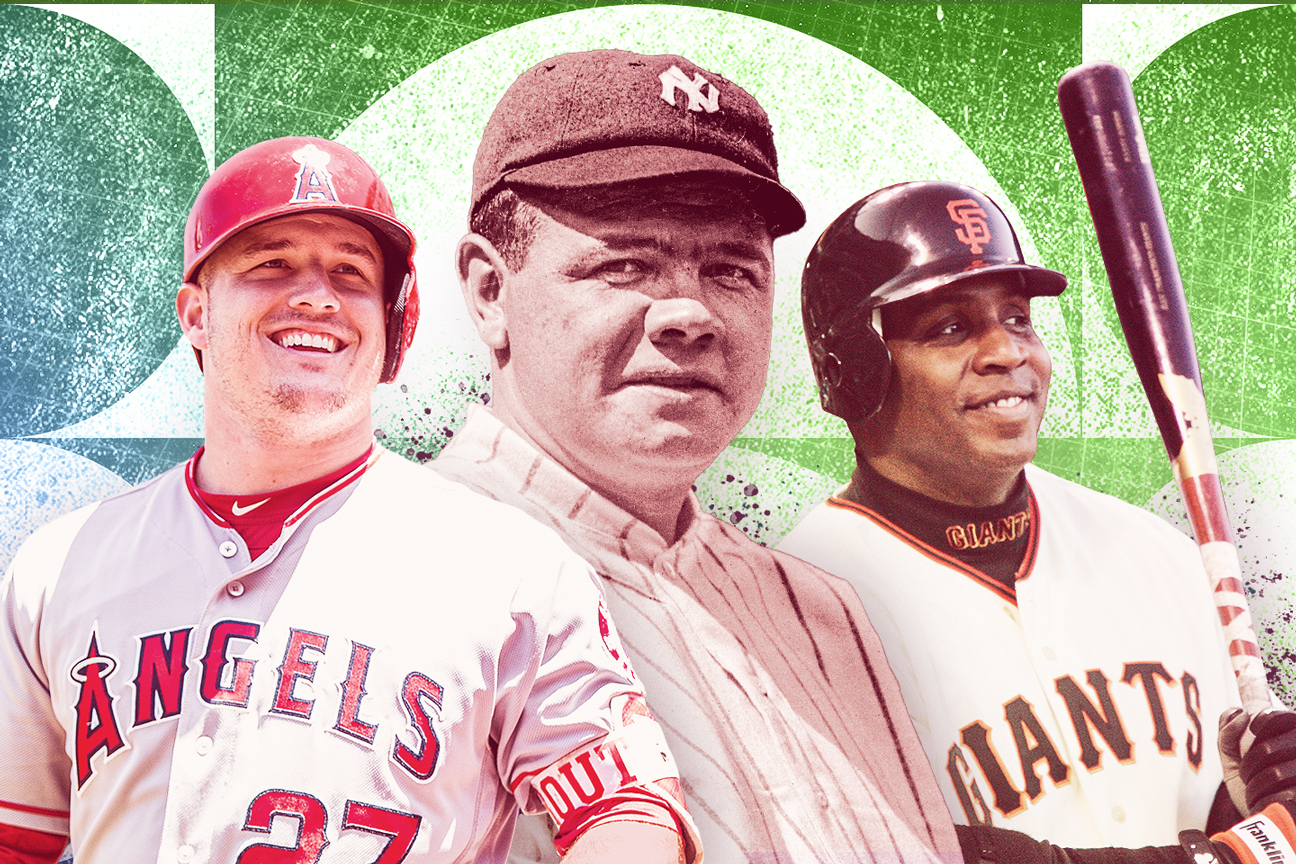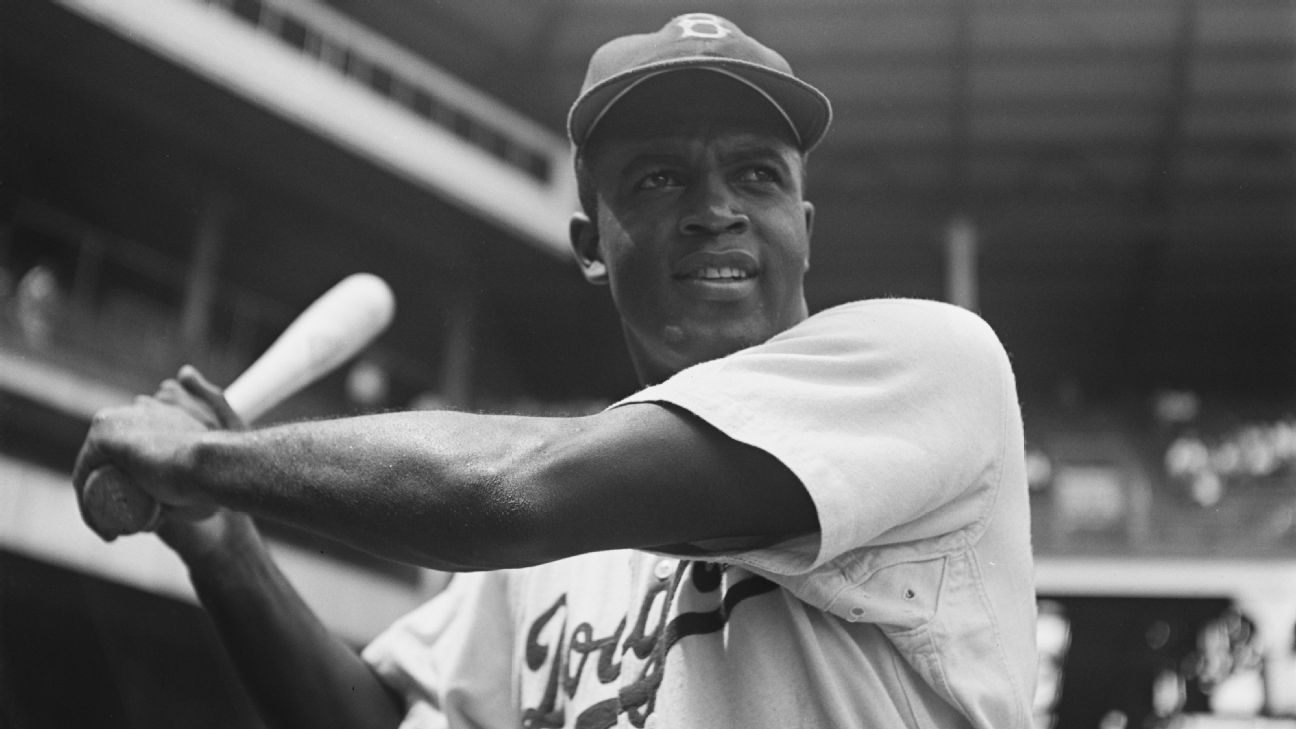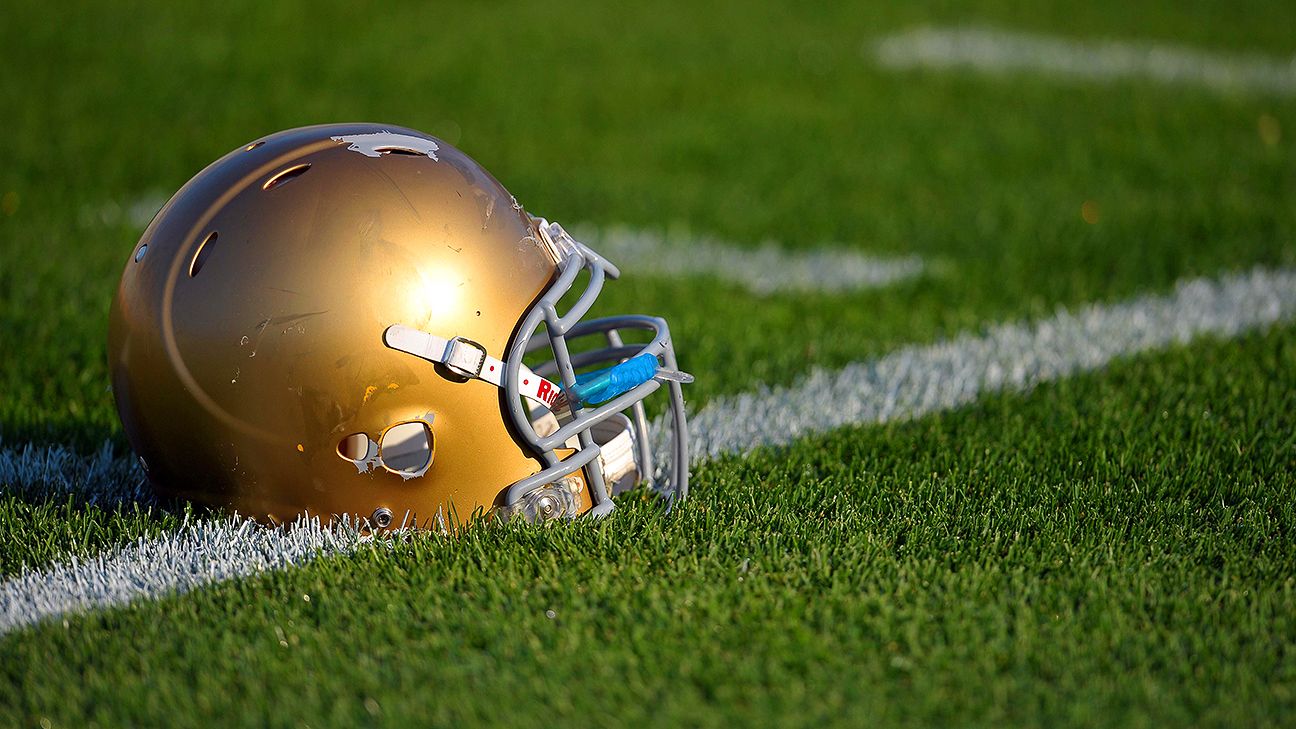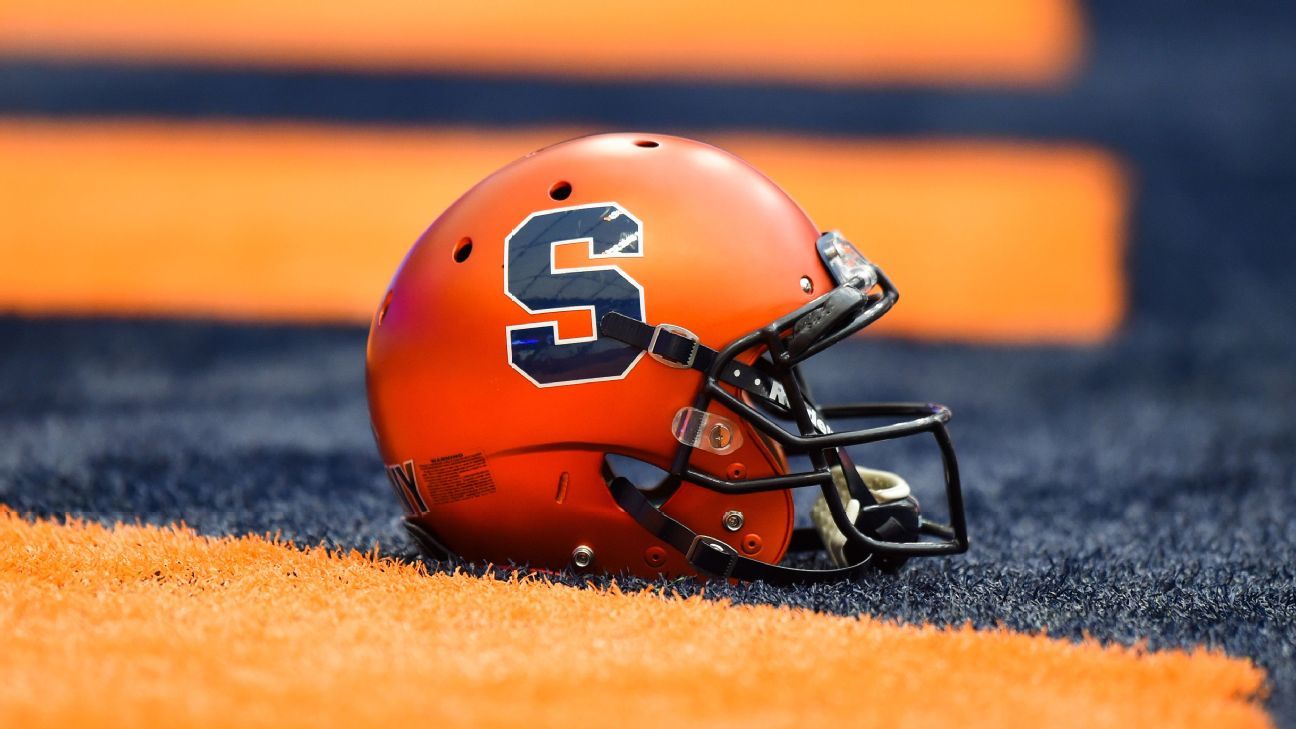
The meeting that took place in Branch Rickey’s office on Montague Street in Brooklyn in late August of 1945 has obtained an almost apocryphal status. Dodgers scout Clyde Sukeforth had met up with Jackie Robinson in Toledo, and the two traveled together to New York to meet the Dodgers’ general manager. Sukeforth ushered Robinson into Rickey’s office and warned his boss that he had not had a chance to see Robinson throw from the shortstop hole, as Rickey had requested, because Robinson had been nursing a sore shoulder.
Rickey and Robinson sized each other up. A long minute of silence passed. “When Rickey met somebody he was interested in, he studied them in the most profound way,” Sukeforth would say. “He just sat and stared. And that’s what he did with Robinson — stared at him as if he were trying to get inside the man.”
Robinson stared right back.
At some point during the meeting Rickey would get in Robinson’s face, tossing insults like those he would face on the field. He told Robinson he would have beanballs thrown his way, he would be physically attacked, he would be spiked and spat on, that he would have to control his temper. Robinson wrote in his autobiography:
“Mr. Rickey,” I asked, “are you looking for a Negro who is afraid to fight back?”
I will never forget the way he exploded.
“Robinson,” he said, “I’m looking for a ballplayer with guts enough not to fight back.”
That’s when Robinson agreed to sign a contract to play for Montreal, Brooklyn’s affiliate in the International League, for 1946.
Still, there was no guarantee that Robinson was going to be the first Black player in the majors. To that point, there wasn’t much experience on Robinson’s baseball résumé to presume he was going to be great — and, as the first Black player, Robinson had to be great as opposed to merely good.
On the 75th anniversary of Robinson’s debut with the Dodgers, Robinson’s skill as a player is sometimes overlooked — rightfully — when honoring his cultural and historical impact. All these years later, we learn and remember what Robinson went through, the abuses he suffered, the pressures he endured.
That meeting in Brooklyn was just the beginning. After the deal was signed, it was time for Robinson to play. And, oh, could Jackie Robinson play baseball.
“He is as good a hitter as I have ever seen with two strikes,” Rickey would say in 1950. “Most hitters do not swing the same after they get two strikes. They do not have the same power. Robinson swings with the same power, regardless of the count. And so good are his reflexes that he can lay off the pitch at the last second, even after one might think that he has committed himself.”
More than anything, though, it’s Robinson’s plate discipline that stands out. He drew 740 walks with the Dodgers while striking out just 291 times. Even in that lower-strikeout era, those numbers were outstanding. Look at where he ranked among all major leaguers in strikeout-to-walk ratio each season:
1947: 22nd
1948: 42nd
1949: 10th
1950: 8th
1951: 8th
1952: 8th
1953: 9th
1954: 5th
1955: 2nd
1956: 11th
He wasn’t about to give the pitcher any advantage by swinging at pitches out of the strike zone. Plus, he could beat you in so many ways. Back then, bunting was a big part of the game, and Robinson was regarded as perhaps the best bunter around. He led the National League in sacrifice hits in 1947 with 28 and in 1949 with 17. In his excellent book “Opening Day” on Robinson’s first season with the Dodgers, Jonathan Eig reports that Robinson had 14 bunt singles during his rookie season, a skill he would continue to use throughout his career.
On the base paths
His speed was famously a big part of his game, but he wasn’t a graceful runner, with his arms angled away from his body, flailing about to propel him forward. He was all coiled-up energy, indeed, a football running back tearing around the bases. He used his speed to intimidate opponents as well, bouncing off the bases and threatening to steal on any pitch. My late father-in-law grew up in Brooklyn and would tell me, “There was nothing as exciting as watching Jackie Robinson dance around on the bases.”
Another reason that Robinson’s daringness on the base paths seemed to take opponents by surprise: There wasn’t much base-stealing in those days. The year before Robinson joined the Dodgers, Brooklyn’s Pete Reiser led the NL with 34 steals, while George Case led the AL with 28. Only two other players were even over 20. It was very much station-to-station baseball. Then comes Robinson, a force of nature — whether or not he was running all the time, he was certainly threatening to run at any time. He led the NL with 29 steals in his rookie season and with 37 in 1949. His big leads off the base were legendary.
“It’s been a long time since we’ve had one man in the league who has an upsetting effect on every infield whenever he gets on base,” Cubs manager Charlie Grimm said during Robinson’s rookie season. “Robinson makes ’em all squirm. After all, he takes such a good lead that you got to make a play for him. You’ve got to try and pick him off. He sets up the play himself, and there’s no choice but to make him take back a step or two.”
In the field
The most underrated aspect of Robinson’s game was his fielding. When Bill James published his “New Historical Baseball Abstract” in 2001, his analysis at the time showed Robinson to be one of the best defensive second basemen of all time — to a degree that might even surprise Robinson’s most ardent supporters, as he wrote.
“I would not rule out the possibility that Jackie may have been a far better defensive second baseman than even the people who watched him regularly realized. Jackie, I would suggest, was such a controversial figure, such a polarizing figure, that it must have been extremely difficult to see him for exactly what he was, even when he was right in front of you,” James wrote. “Also, Jackie was, according to all accounts, unusually intelligent. Is it not possible, I wonder, that Jackie’s intelligence created benefits for his team that only show up in the statistics?”
James goes on to point out Robinson’s versatility. He played about 2,000 innings at third base later in his career — and, according to James’ win shares method, Robinson’s defensive stats are off the charts. He played nearly 1,100 innings in left field — his metrics are outstanding. The defensive estimations used at Baseball-Reference credit Robinson with 81 runs saved over his career. All this, and keep in mind that defense usually peaks early in a player’s career, while Robinson was 28 during his rookie season.
It’s perhaps understandable why observers at the time might have underestimated Robinson’s defense. There was nothing elegant about his game in the field. I picture him playing defense the same way; not the smooth, gliding nature of a classic second baseman, like Roberto Alomar, but chewing up ground as he chased after ground balls. But keep in mind what his Hall of Fame contemporary Ralph Kiner said: “Jackie Robinson was the best athlete ever to play major league baseball.” Robinson, no doubt, made routine plays look easy; he didn’t have to dive for balls because he was already there.
When you add it all together
Robinson’s greatest season might have been 1949, his MVP season, which Baseball-Reference values at 9.3 WAR — best among all National League players. Or maybe it was 1951, when he hit .338/.429/.527 and again led the NL in WAR, at 9.7. Or maybe it was 1952, when he hit .308/.440/.465 and led NL position players with 8.4 WAR.
When looking at the best seasons via WAR by a second baseman since integration, Robinson’s top three rank second, tied for fifth and tied for 14th. Joe Morgan has five of the top 11 and is regarded as the best second baseman since World War II and the greatest ever alongside Rogers Hornsby and Eddie Collins. Of course, Morgan enjoyed a full career. Robinson had many of his prime seasons cut off by the war and the color barrier.
As it is, Robinson’s 61.8 career WAR still ranks 15th among second basemen. What could that total have been? Let’s work backward and put Robinson in the major leagues at 21, like Morgan. We’ll give him an average age-21 season, transplant his age-28 rookie season with the Dodgers to age 22 and his age-29 season to age 23 and then assume he reaches peak performance level in his fourth season. We get something like this:
Age 21: 2.5 WAR
Age 22: 4.1
Age 23: 5.3
Age 24: 7.5
Age 25: 8.5
Age 26: 9.0
Age 27: 10.0
Age 28: 8.5
Age 29: 9.5
Then his actual totals the rest of the way:
Age 30: 9.3
Age 31: 7.4
Age 32: 9.7
Age 33: 8.4
Age 34: 6.9
Age 35: 3.6
Age 36: 2.6
Age 37: 4.5
Our theoretical Jackie Robinson ends up with 117.3 career WAR, which would place him seventh among position players who played at least part of their careers after integration: Barry Bonds (162.8), Willie Mays (156.1), Henry Aaron (143.0), Stan Musial (128.6), Ted Williams (122.0, not including his own missing seasons) and Alex Rodriguez (117.6).
Maybe that’s an optimistic projection; it’s impossible to know, of course. Morgan, for instance, had his peak years from 28 to 32. But the general point holds true: Robinson, at his best, was one of the all-time greats, and in many cases was better than is even generally acknowledged.
We love to put different players in different eras or imagine what-if scenarios. What would Babe Ruth do today? What if Mickey Mantle’s knees hadn’t gone bad? But maybe we don’t have to do that with Robinson. The Jackie Robinson legacy isn’t about what he could have done. It lives on today, 75 years after that first game at Ebbets Field, precisely because of what he did do.












